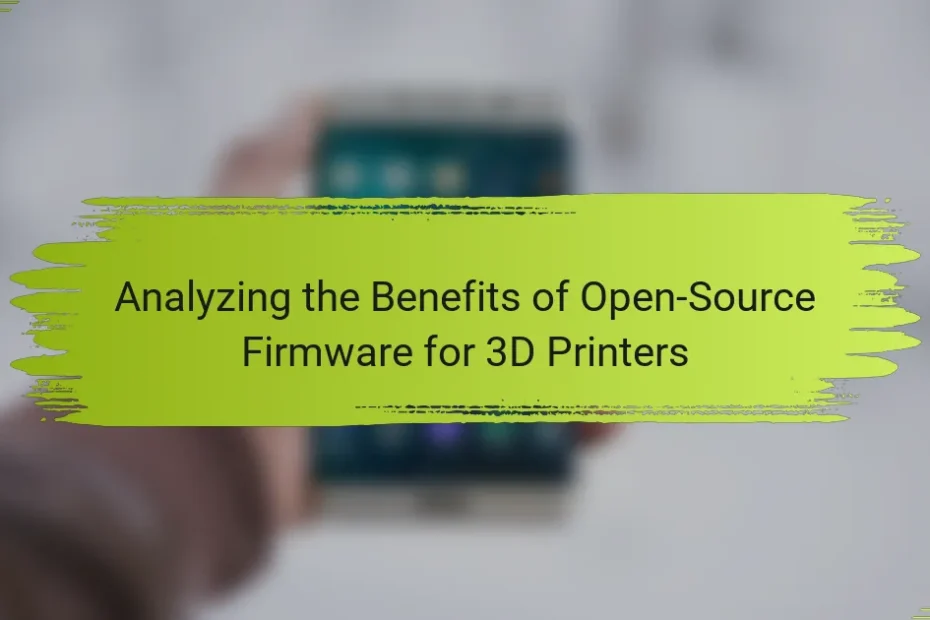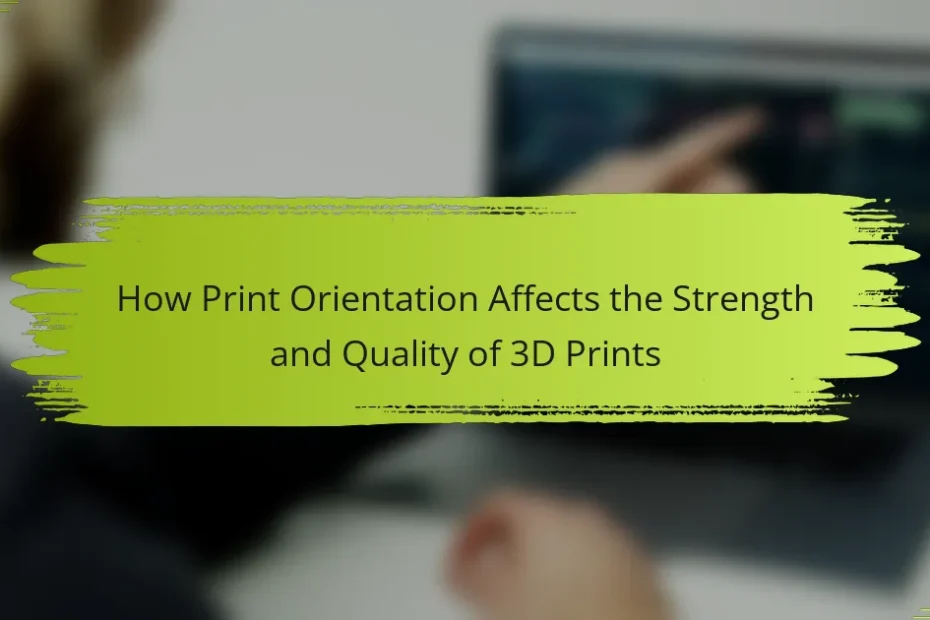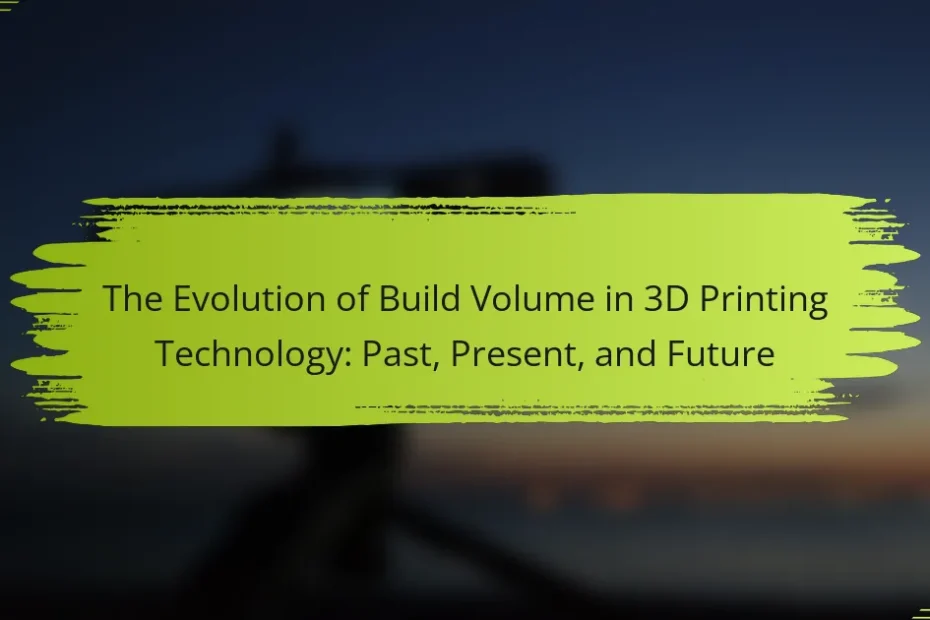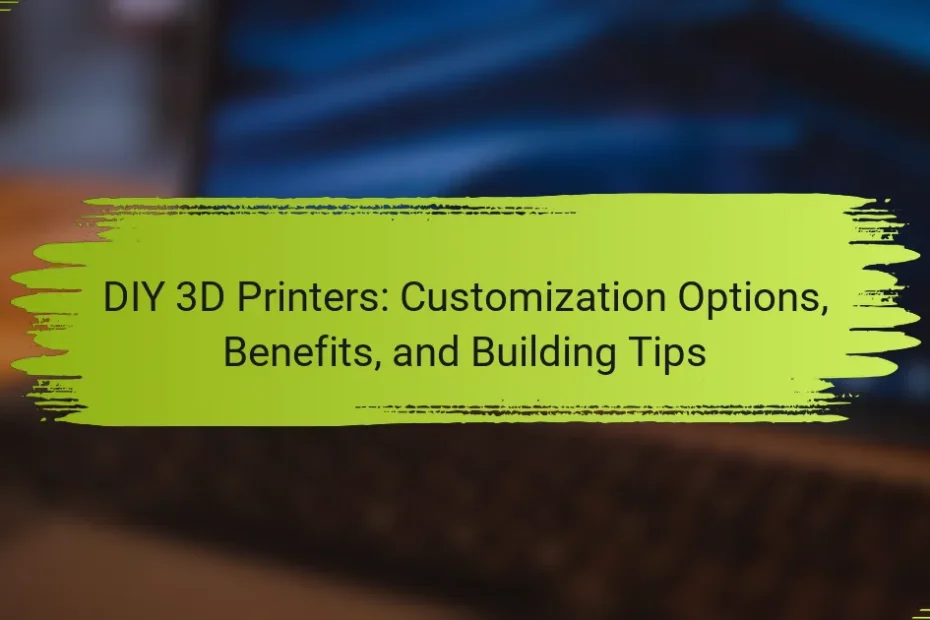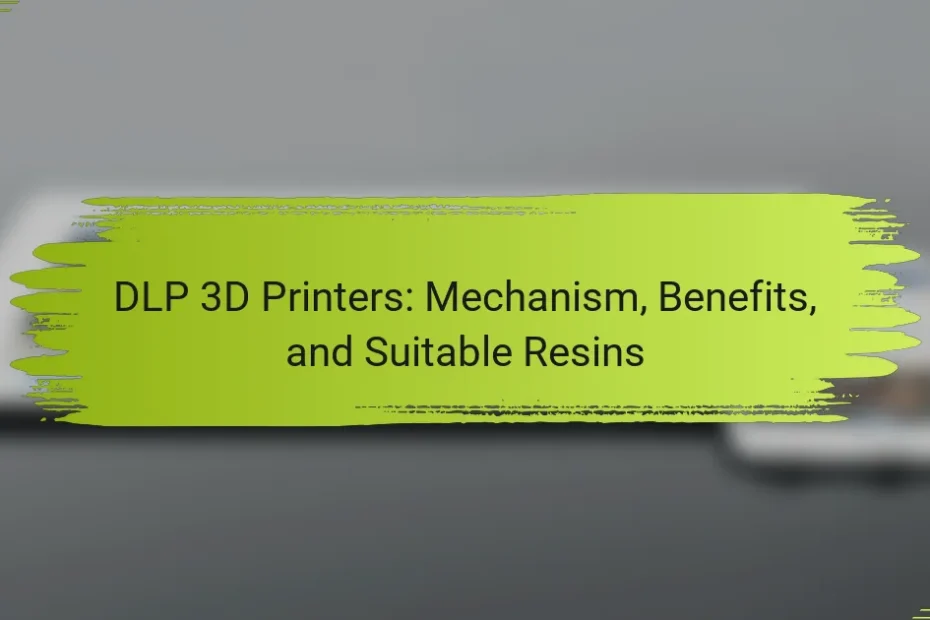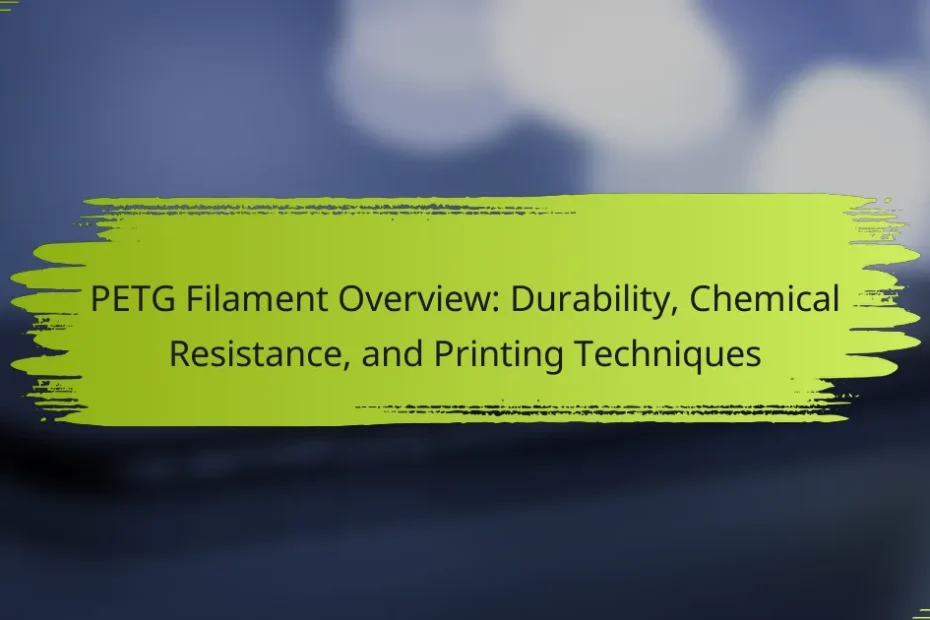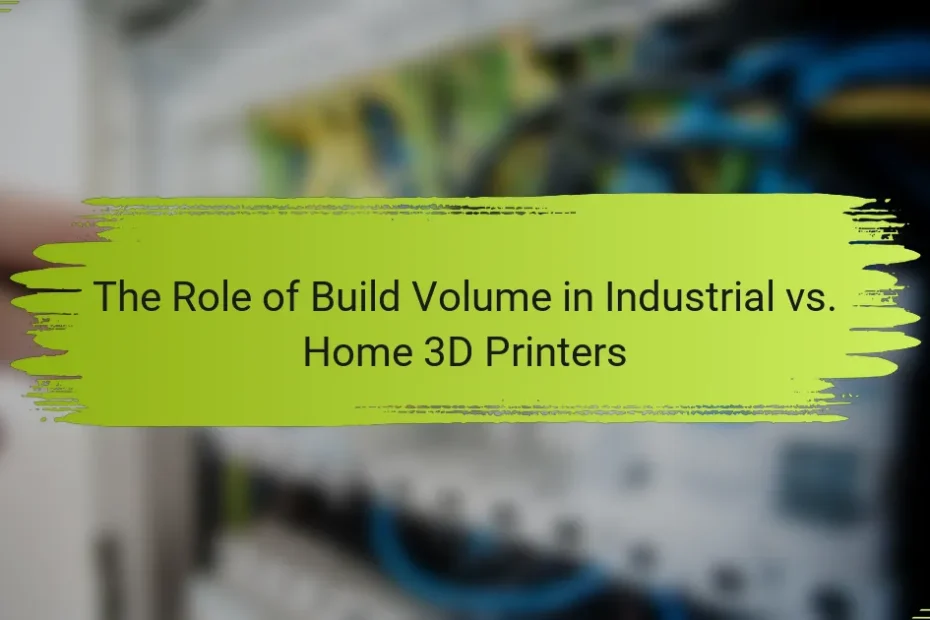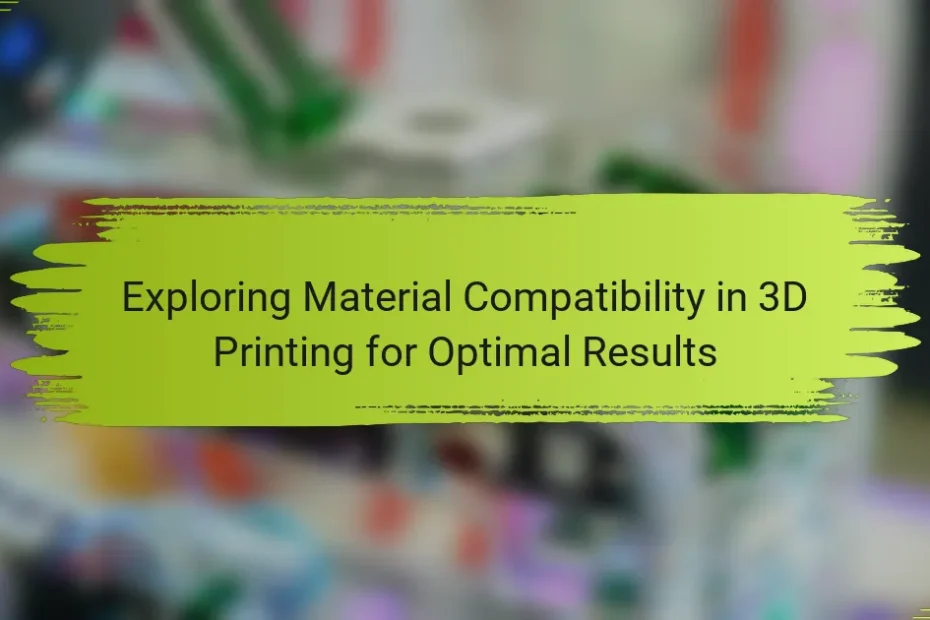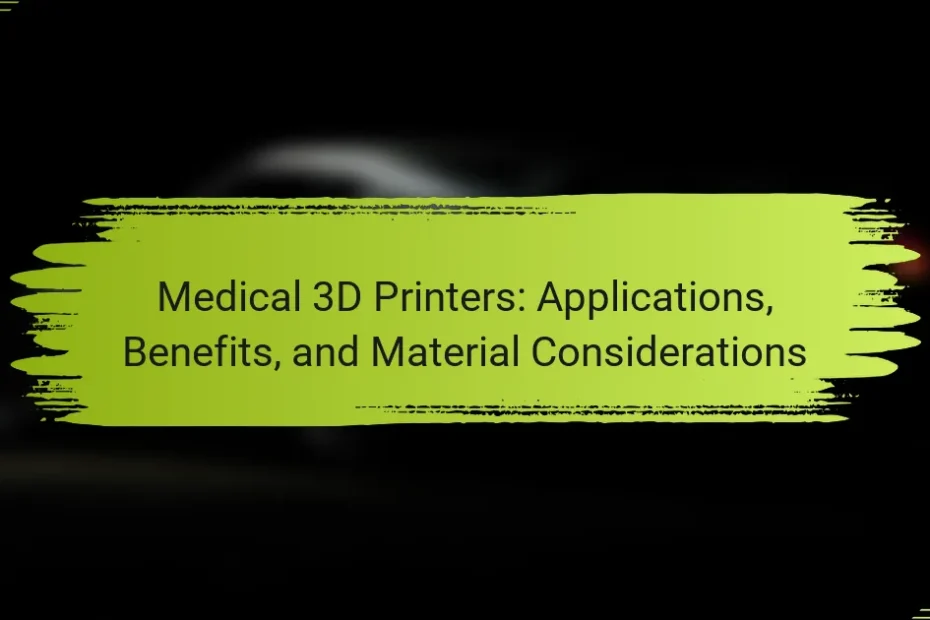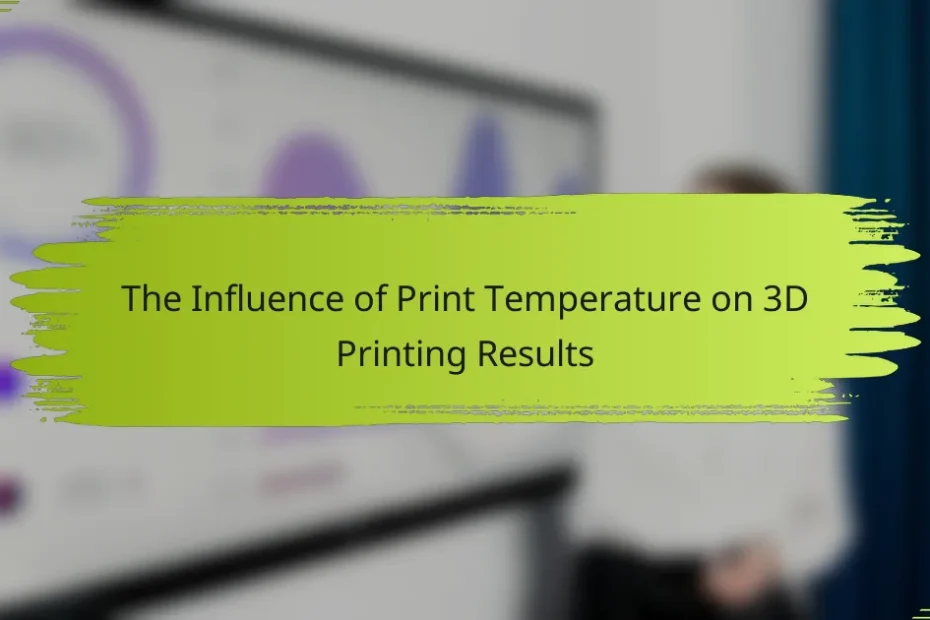Analyzing the Benefits of Open-Source Firmware for 3D Printers
What are the Benefits of Open-Source Firmware for 3D Printers? Open-source firmware for 3D printers offers several key benefits. It allows for customization, enabling users to modify settings to optimize print quality. Users can access… Analyzing the Benefits of Open-Source Firmware for 3D Printers
